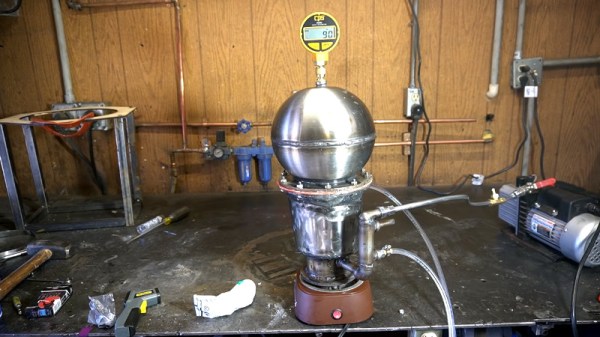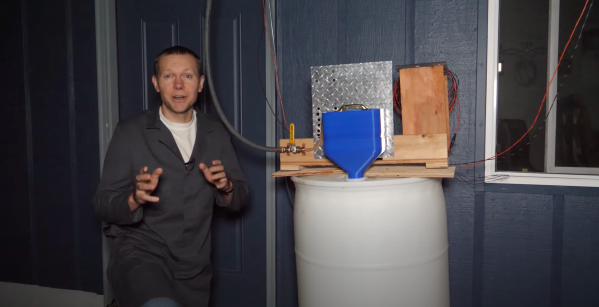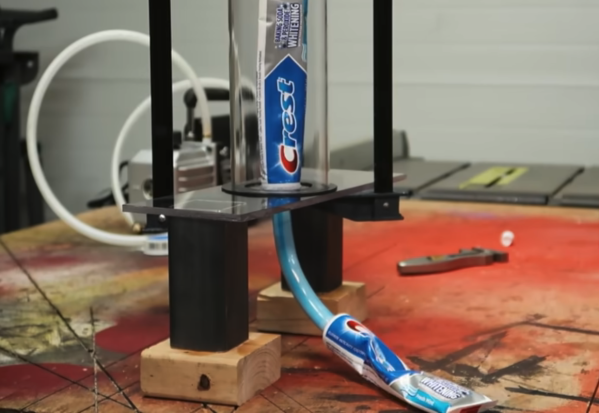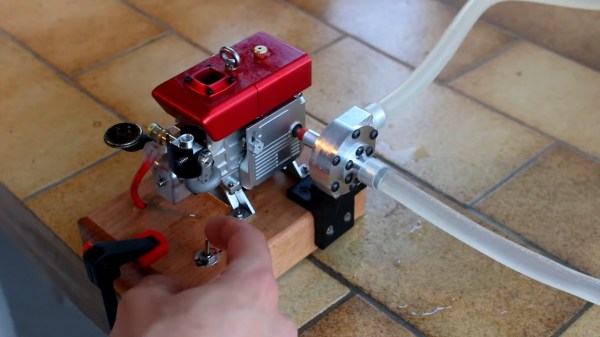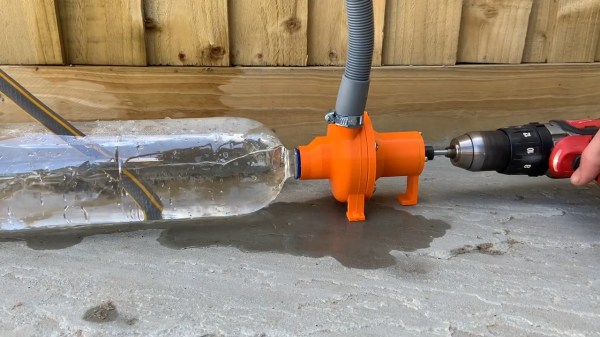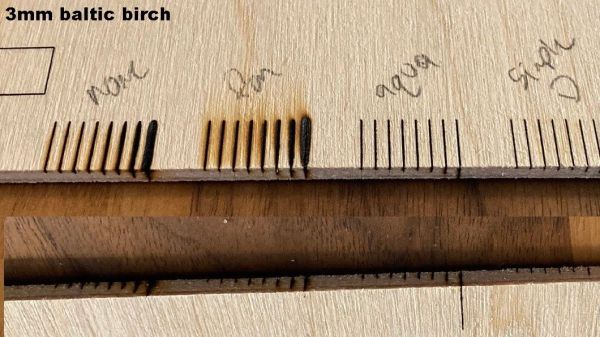The peristaltic pump is perhaps most well known for its ability to pump fluids without the pump mechanism coming into contact with the working fluid. This is key for food-safe applications and other situations where a pump could contaminate the fluid. [Maciej Nowak] has built a great example of such a pump, crafted out of aluminium from scratch.
The build video covers the machining process in detail, showing how the aluminium body was fabricated on the lathe before installing bearings and a silicone hose. The pump shaft was then fabricated, along with a set of brass rollers to press along the tube, creating the pumping action. The rollers were also lubricated in order to reduce friction on the tubing. Powering the pump is a small DC motor, sending drive via a small toothed belt, giving the finished build quite an industrial look.
We’re used to seeing plenty of 3D-printed pumps about the place. This build, while it requires a fully-equipped machine shop, is much tougher than anything plastic, and you could easily use it to break a window in an emergency too, an obscure feature nevertheless requested by some discerning pump customers.
[Maciej] shows off the build by pumping some green liquid, noting the peristaltic design requires no priming which makes operation much easier. It’s also bidirectional, and can be run very slowly if required.
Overall, it’s a build that shows off the benefits of working in metal as well as the great features of the peristaltic pump design. Video after the break.
Continue reading “Stout Peristaltic Pump Fabricated From Scratch”


